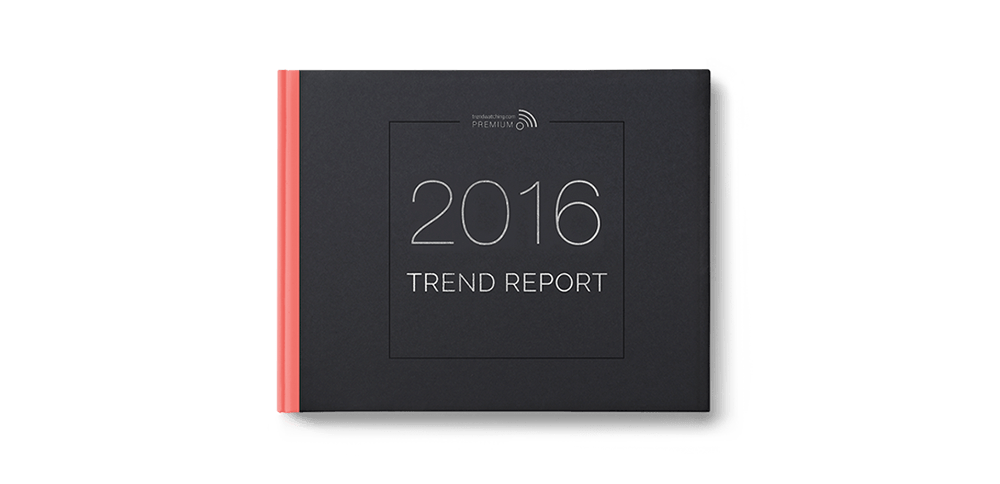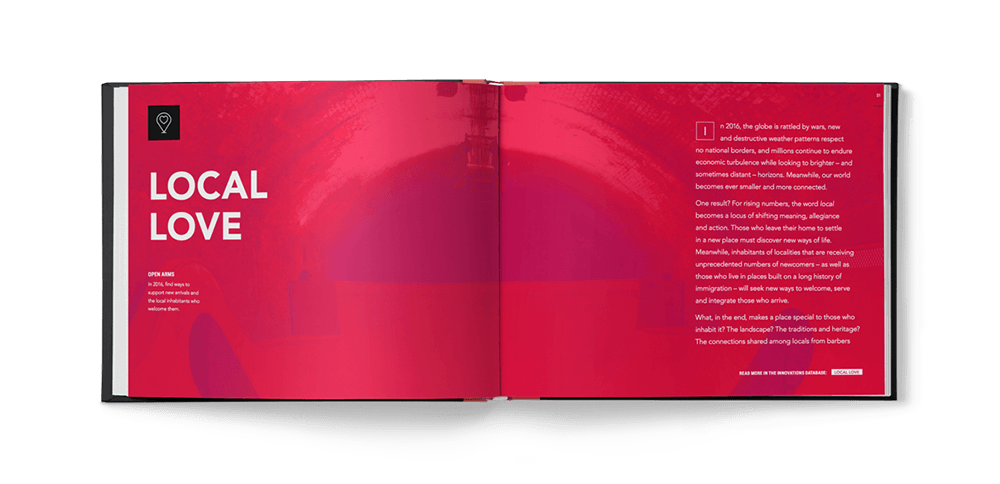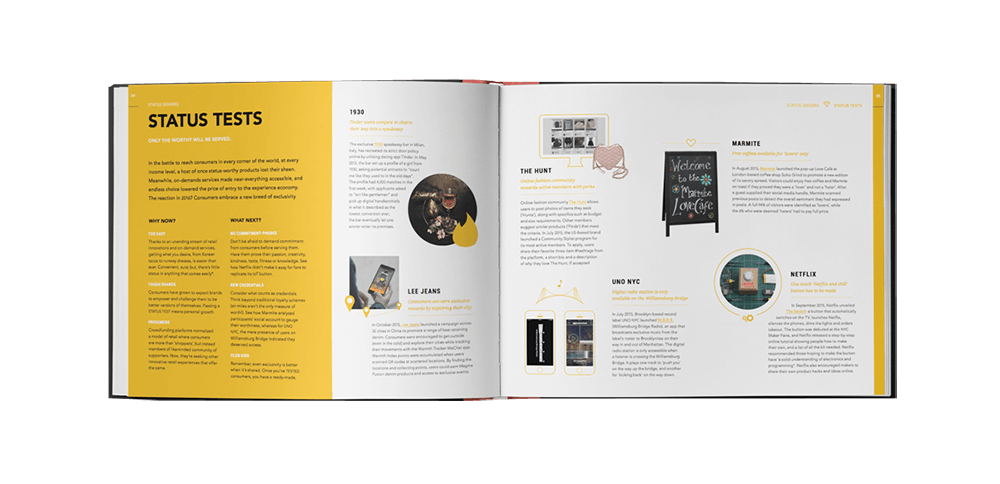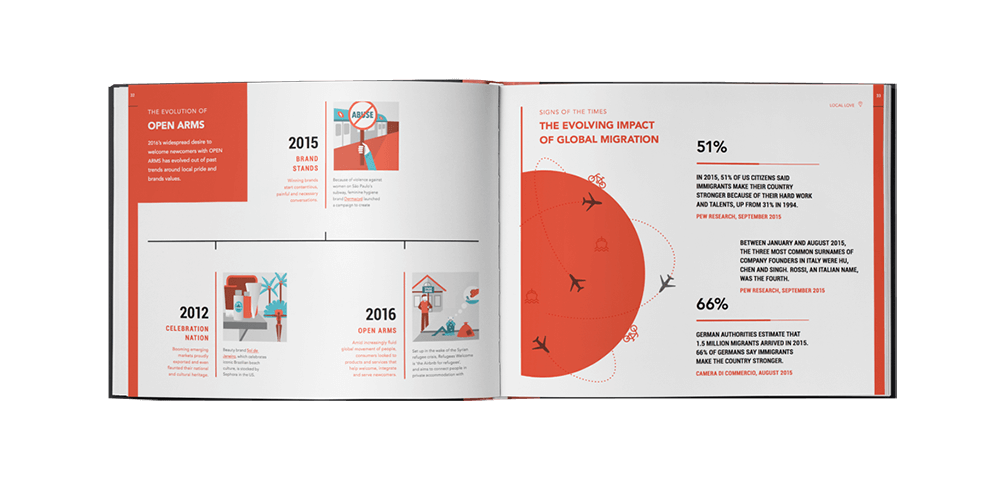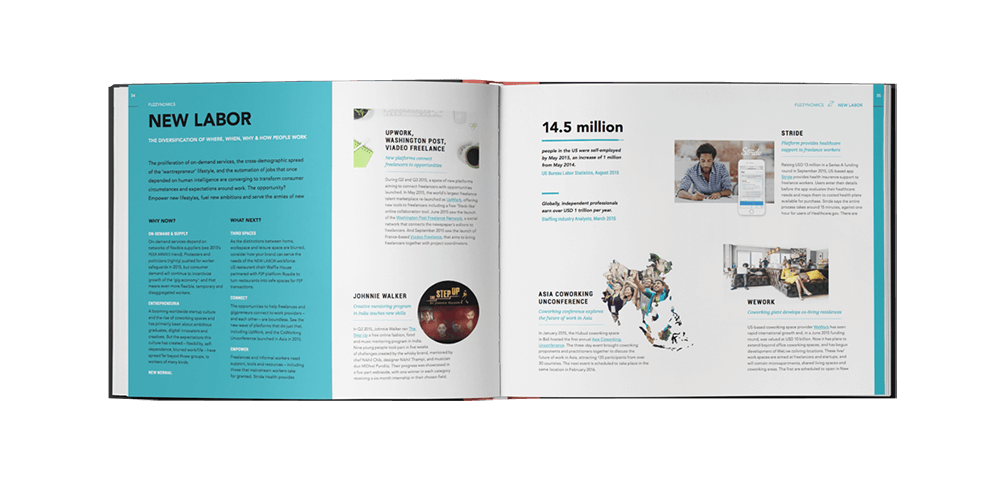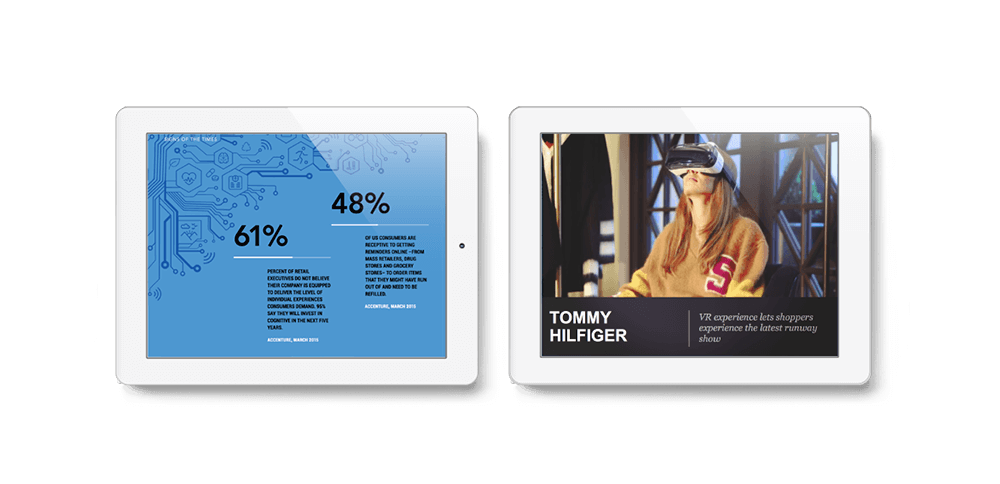Divasumers
Status on demand.
Parent mega-trend: status seekers — The relentless, often subconscious, yet ever-present force that underpins almost all consumer behaviour.
Across the continent (with a few exceptions), on-demand services often aren’t yet as effective or competitive as more established local alternatives. And yet rising numbers of Africans are flocking to them. Why?
Adoption of on-demand is increasingly becoming a status play. For upwardly mobile Africans, keeping up with the Mutombos, Makolas or Mensahs now means using novel on-demand services that set them apart from their peers. It’s all about who has access and how services are accessed by 2016’s DIVASUMERS.
Traditionally, a signifier of affluence across the continent has been the ability to access services in ways not available to the masses: think having gas delivered to one’s compound rather than queuing for it at a gas station. Now, 2016’s DIVASUMERS will embrace new and innovative on-demand services that enable them to flaunt their newly-acquired (relative) wealth.
And even for more affluent consumers, for whom it may currently still be cheaper and even more convenient to hire labor services informally, on-demand apps now represent a status differentiator to their non-iPhone-clad, Uber-illiterate counterparts.
Below are some examples of brands and organizations already finding favor with DIVASUMERS by offering expedited services that highlight a higher social ranking.

